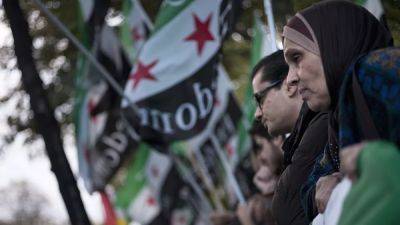Do organic farmers still have a chance in Europe?
With media-savvy manure-heap initiatives, motorway blockades and tractor rallies in capital cities, in particular the large farmers' associations with their predominantly conventional-farming members, are attempting to haul the European Commission's "Green Deal" to the slaughtering block. But what about the climate-conscious farmers who had hoped that the "Green Deal" would benefit them, their land and the environment? An investigation by our reporter Hans von der Brelie in Auersthal, a small village in the far-eastern reaches of the Republic of Austria.
Herbert Zetner gets up at four a.m. every day. It's still pitch dark outside. But like many organic farmers, Zetner must juggle two jobs. He works as an IT expert at a bank in Vienna until the early afternoon. Then he changes over from his office chair to the driver seat of his tractor. In the Marchfeld, a large alluvial plain near the Austrian capital, on this November day he is sowing gold-of-pleasure, also known as camelina or false flax.
The Marchfeld region is considered the "granary of Austria" but driving through the pretty villages with their imperial yellow house facades, you notice that many of the fields are quite narrow and they are laid out next to each other like different coloured hand towels. This is strip cropping. With this method organic farmers are striving to heal the wounds that former monocultures with their huge fields have inflicted on the landscape.
Conventional agriculture wreaked havoc on the Marchfeld: Over-fertilisation, overexploitation of groundwater reserves and a dearth of hedgerows have led to a massive loss of species and soil erosion, extending to desertification. The plain overheated, it dried out – and in order to continue








